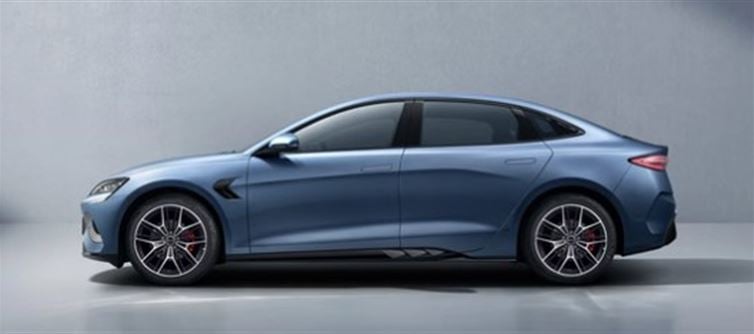
BYD Abandons Dilian IOU System
China’s EV giant BYD is returning to traditional banknotes and commercial paper for supplier payments.
The move follows opposition from suppliers, stricter government regulations, and declining sales.
The Dilian IOU system had been a key part of BYD’s business model, boosting cash flow at the expense of suppliers..
Supplier Concerns
Dilian, launched in 2018, was an electronic IOU platform issuing digital vouchers instead of direct payments.
Vouchers were not government-regulated, creating high default risk.
Suppliers seeking immediate cash had to discount vouchers at banks up to 6%, versus <2% for banknotes.
Payment delays of 6–12 months worsened suppliers’ cash flow.

Benefits to BYD
Extremely low working capital costs.
Large cash reserves on hand at all times.
Increased leverage over suppliers to negotiate lower prices.
Enabled rapid vehicle launches and positioned BYD as a global cost leader.
Market and Regulatory Pressure
Intense price wars in china have squeezed suppliers’ margins.
New government regulations:
Payment within 60 days mandatory.
Electronic IOUs restricted.
Supply chain financing monitored more strictly.
These changes make continuing the Dilian system difficult.
BYD’s Financial Pressures
Sales fell 12% in October; domestic market share dropped from 19.1% to 13.2%.
Quarterly revenue fell 3%, profits down by one-third—the largest drop in five years.
Independent research claims BYD’s actual net debt is 323 billion yuan, far above the reported 27.7 billion.
Dilian vouchers circulated outside BYD’s supply chain, sometimes being reused multiple times.
Average payment period to suppliers: 127 days, above industry norms of 90–108 days; some Dilian notes deferred up to one year.
Disclaimer:
The information contained in this article is for general informational purposes only. While we strive to ensure accuracy, we make no warranties or representations of any kind, express or implied, about the completeness, accuracy, reliability, suitability, or availability of the content. Any reliance you place on the information is strictly at your own risk. The views, opinions, or claims expressed in this article are those of the author and do not necessarily reflect the official policy or position of any organization mentioned. We disclaim any liability for any loss or damage arising directly or indirectly from the use of this article.




 click and follow Indiaherald WhatsApp channel
click and follow Indiaherald WhatsApp channel